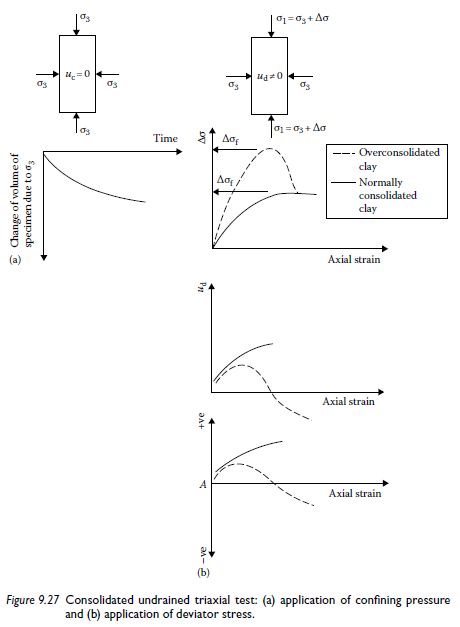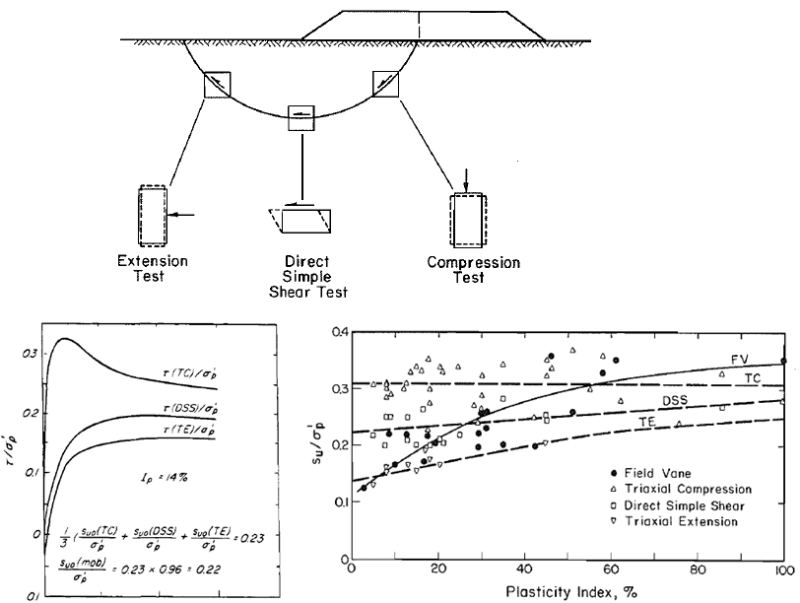geo24
Civil/Environmental
- Mar 18, 2021
- 10
Hello All,
The angle of friction that we get from the Mohr's circle envelope of a CU test, is that the peak friction angle?
Thanks
The angle of friction that we get from the Mohr's circle envelope of a CU test, is that the peak friction angle?
Thanks


